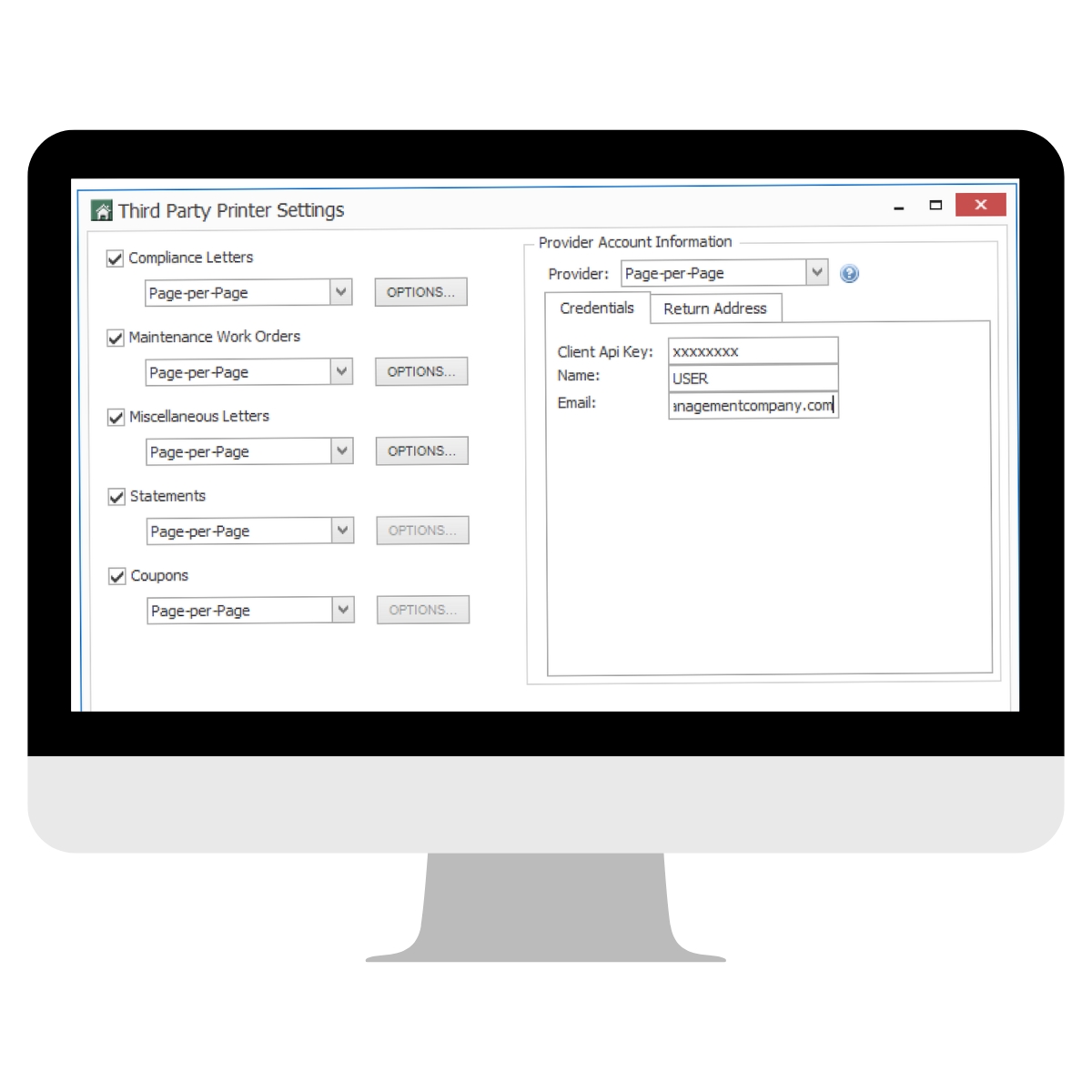Being a board member at a self-managed HOA board is no easy feat. From welcoming newcomers to the neighborhood, to managing maintenance, organizing meetings, budgeting, and ensuring CC&R compliance, it can feel like a fulltime job. That’s why it can be so appealing to make the transition from self-managed to property management using a professional HOA management company.
Professional management companies take on the day-to-day operations of self-managed HOA. Because they are brought in to relieve the board and streamline operations, it’s very important to take the proper initial steps in your HOA transition. Here, we offer four steps to simplify the transition from self-managed to property management and make it as seamless as possible.
(Alternatively, you can learn more about how to change your HOA management company or learn more about the HOA transition from a developer.)
Step 1: Gather and Organize Internal Documents
Before you begin looking for management companies, it’s important to plan ahead. Start by doing an internal review, collecting any important information you’ll need to turn over as part of the transition. This includes:
- Paperwork – CC&Rs, bylaws, Articles of Incorporation, contracts, and login credentials for management softwares
- Budget – financial plans for the year, upcoming assessments, homeowner’s accounts
- Projects – ongoing and scheduled maintenance, planned projects, work orders for repairs needed
- Contacts – vendors, maintenance staff, board members, resident directory
Once reviewed, consider a cloud storage solution like Google Drive or Dropbox to store the files. This way, documents will be readily available as you transition from self-managed to property management.
Step 2: Determine HOA Requirements
From conducting an internal review and gathering all necessary documents, you’ll already have an idea of what you need from a management company—and what you can afford. Use this information to prioritize the most critical features your HOA requires such as:
- Financial Support: Ensure dues are paid, taxes are filed properly, and prepare an annual budget and keep track through the year.
- Management: All physical management of the community. These tasks can include:
- Managing the bidding process
- Hiring and maintaining relationships with vendors like landscapers, cleaning personnel and repairmen
- Overseeing the work carried out
- Administration: Manage all homeowner communications, ensuring compliance of rules and restrictions, and tracking expenses and income.
Step 3: Interview Professional Companies
Hiring a management company resembles hiring an employee, as the board will likely be working closely with them and overseeing their work. That’s why conducting interviews is a great way to find the right fit for your community. Some criteria to explore include:
- Contract Flexibility – Understand your potential management company’s contract requirements and find out if aspects can be negotiated if needed.
- Reputation – Consider the status of the management company in the community. Request references. Check reviews, forums and message boards. Ask how many years they have been in business and how many communities they are currently managing.
- Logistics – Find out what hours the prospective manager can be reached, how they will communicate with the board, and what systems and softwares do they prefer to use for administrative and financial management.
- Customization – Explore different ways that you can tailor a company’s services to meet the unique needs of your association. Consider the location and demographics of your community to determine what your unique needs may be. For example: Is your community comprised of families, retirees or singles? How might that affect the demands of the HOA and in turn, the management company?
- Collaborators – Evaluate the character of the people you will be working with. Discuss how you will all play a role in making the association the best that it can be.
Review these helpful questions to explore the areas above. After completing interviews and choosing the best management company for your HOA, it’s time to announce your transition to homeowners.
Step 4: Share the News with Residents
When making a significant transition to professional management, some processes will inevitably change and affect your homeowners. This is why it’s crucial to keep them informed.
A few ways you can send out information about the transition include:
- Making an announcement in the HOA newsletter
- Sharing the news on your HOA website
- Mailing notices to each homeowner
Updates like these are easily carried out by companies like Page Per Page. Page Per Page can help with every platform you decide to use for sending management updates. Their expertise in HOA specific marketing can help you to create impressive mailings for professional-looking announcements and newsletters.
Transition from Self-Managed to Property Management with Ease
A smooth transition from self-managed to property management for HOAs is vital to maintain good standing with the community and ensure efficiency. A big part of that is keeping your homeowners informed every step of the way.
Page Per Page offers various modes of communication for your community, including designed mailings for assessments, newsletters, ballots, and notices. They streamline the process of keeping homeowners informed, allowing the Board of Directors to focus on smooth operation.
Improve communication, efficiency, and expertise for an HOA management experience that works toward association goals. Start using Page Per Page today to communicate your changes and get homeowners excited about coming improvements.





